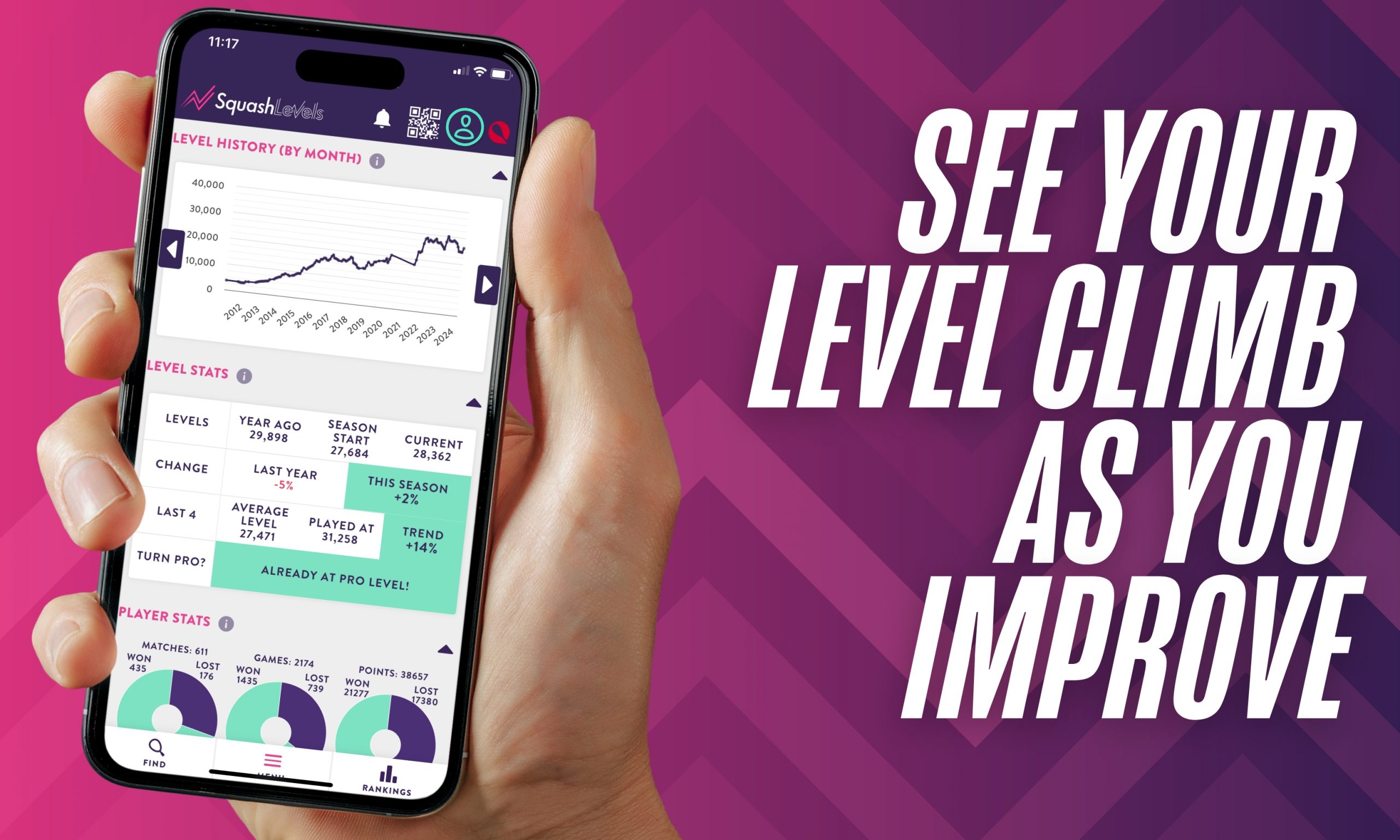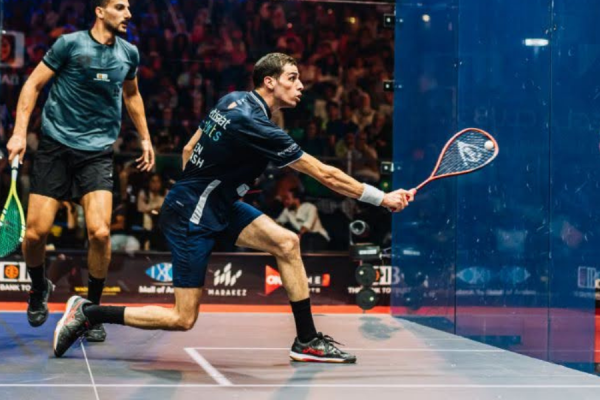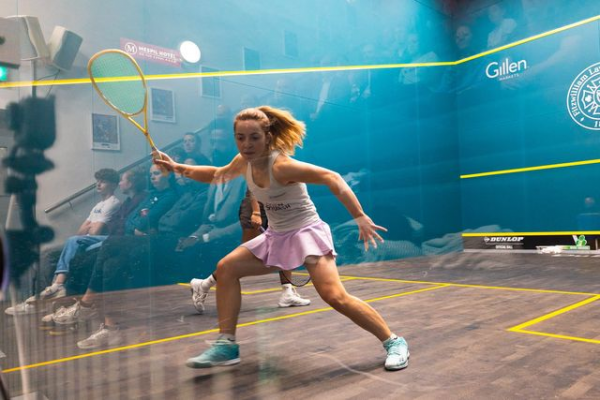What are Levels? The ultimate aim of SquashLevels is to assess the level at which every player on the system is playing after every match they play and give them a number – their level – to represent that.

The level is mathematically comparative between players such that if you are playing twice as well as your opponent then you will have twice the level and this applies all the way from a beginner’s first competitive matches to the top pros. This should apply wherever you are, however good you are, whoever you played and whenever you played!
Calculating Your Level
SquashLevels is a points-based ranking system based on a unique algorithm. As players compete in their leagues and tournaments, their results automatically flow into SquashLevels from their existing results providers, from this the algorithm calculates a level for each player based on (among other things) their opponents’ level, their result including points scores, behavioural modelling and various other factors, making SquashLevels one of the most advanced rating systems of any sport in the world.
Levels are calculated for every player after every match and are based on:
- The player’s level before the match.
- Their opponent’s level before the match.
- The actual result compared to the expected result. Given we know the player’s levels before the match we can predict the result if both players played as expected. If the actual result shows that one of the players played better than expected, their level will go up a bit and their opponent’s level will go down a bit.

The SquashLevels Algorithm
The SquashLevels algorithm is made up of three main elements:
Maths : We use a combination of points scores and games scores to assess the result. The overall goal is that if you are twice as good as your opponent then your level will be double theirs.
Weighting : the more important the match (e.g. a tournament) the greater the weighting. This allows you to play a box match without having too much impact on your league standings.
Behavioural Modelling : as it turns out, not everyone puts 100% effort in every match and that’s down to behaviour. There are many other cases too where player behaviour defies the maths and, based on the analysis of 1.6 million results on the system, we’ve built an extensive behavioural model that allows us to predict and make use of these behaviours. This is a critical part of the engine because it has a very significant effect on player levels. It also results in uneven level changes where one player can go up more than their opponent goes down and that causes ‘drift’!
At a very high level, it’s quite straightforward as there’s a direct correlation between the ratio of the player levels to the expected points scores. You can do it in your head! E.g. 20% better – 11-9, 30% better – 11-8, 50% better – 11-6 and so on. If you play better than expected you’ll go up a bit or, if worse, you’ll go down a bit. That’s it, really! The complexity is over how much that ‘bit’ is but, fundamentally, your level will adjust so that your level ratios match your results ratios – on average.
We can work with game scores only, making assumptions around the average 3-0 result (based on our analysis of real 3-0 match results) but we can only use averages and apply a lot more damping so it takes quite a few results for the levels to become accurate. Not all 3-0 results are the same, obviously.
Note that in the match review page, you can scroll down and click on ‘View full explanation’ and it shows you the algorithm output in verbose mode for that match so you can see exactly why your level changed by the amount it did.

Ready to find your level? Register for free today and claim your global rating.
Sign up to the SquashSkills newsletter
Get world class coaching tips, straight to your inbox!


